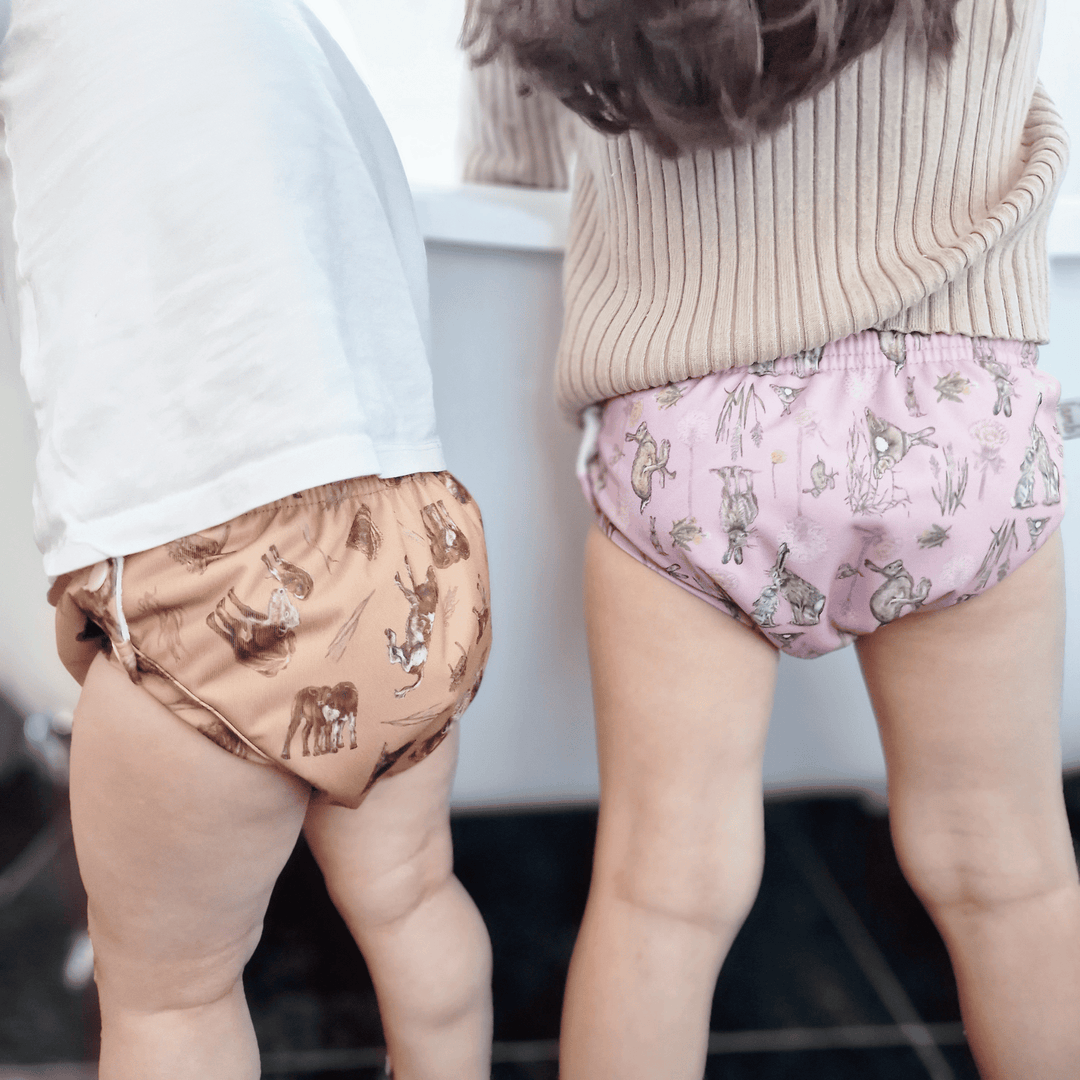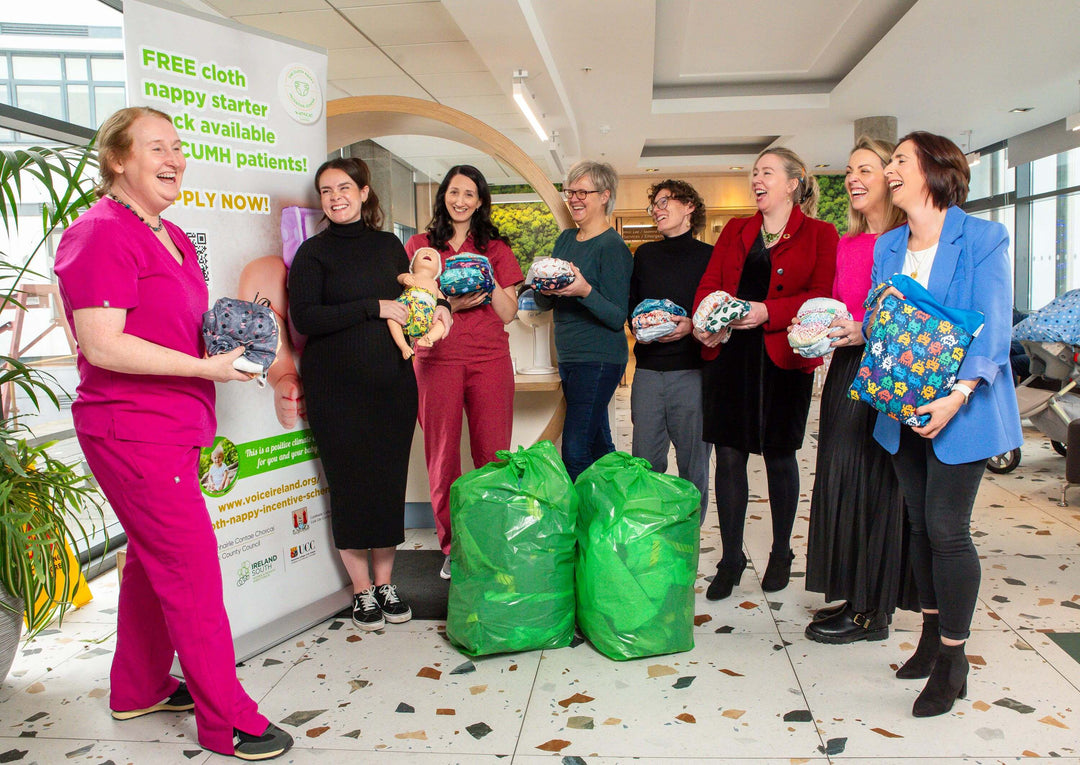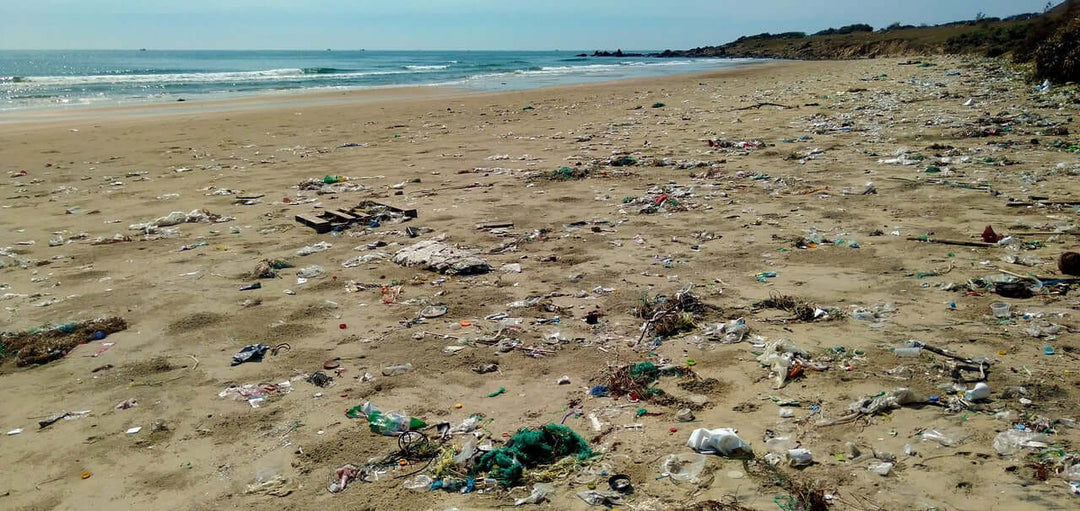Cloth nappies: Should I wash them in hot water or cold water?
We are often asked how best to wash cloth nappies and what washing instructions to follow. This often a contentious topic, but we will try to answer as clearly and accurately as we can. Should I use hot water? Should I cold rinse? Should I use a rinse cycle? Should I pre rinse? Should I pre wash? Allow us to guide you.
A dirty cloth nappy is a heavily soiled item, and thus when you do your laundry common sense would indicate that hot water is best to be used; hot water and a hot wash is the most effective way to remove any soiling. All readily available laundry detergents can be used in cold (20-30⁰C), warm (40-50⁰C) or hot (60+⁰C) water, yet the fact remains that a hot wash will outperform a cold wash every time for both cleanliness and stain removal.
Why is hot water more effective at removing soiling and stains when washing cloth nappies?
Utilising hot water allows the heat to break down the chemical bonds that make up your baby's soiling and stains. This saves money as you reduce the amount of detergent required for each cycle, but also means textiles and fabrics are going to be cleaned much better in hot water. A higher temperature will allow the raw materials in your chosen detergent to consistently perform to a higher standard. When using a wash routine we want our nappies smelling fresh without the need for fabric softeners and an extra rinse.
It is important at this juncture to advise that many fabrics used in cloth nappies are heat sensitive, and manufacture guidelines should always be considered. Always check each individual brand for washing recommendations, warranty information, and washing instructions.
This applies to all fabrics which are not heat sensitive such as bamboo, cotton, hemp, and polyester.
Is there any temperature that's too high?
Absolutely. There is never any need to go above 60⁰C. If you must go above 60⁰C you must ask yourself why? Is your washing machine faulty? Is your water quality deteriorating? Are you dosing your detergent correctly for your water hardness? Do you need to clean your machine or do a maintenance wash?
You will be very hard pressed to find any clothing manufacturer guidelines that encourage a wash cycle above 60⁰C.

What temperature should I use to wash my cloth nappies?
When you run your wash cycle, always consider the manufacturer's guidelines. Ultimately we advise you use the temperature that best fits your circumstance. Typically, cloth nappies are washed between 40⁰C and 60⁰C. Due to the materials used in their makeup and common issues with staining, it is often due to the washes being below this range, or simply due to cold water being used, where you will see the most ineffective wash routines leave residue, smells, and buildup on your nappies. Parents who have issues with ammonia typically notice this is no longer a factor once the wash cycle temperature is raised.
What temperature should I use to rinse my cloth nappies?
Following the above advice, we advice a pre-wash cycle between 40⁰C and 60⁰C and a main wash cycle in the same range. Many parents will instead do a cold rinse below this temperature range and there is no problem with this at all. It is ultimately about routine; what's best for you is what counts. The pre-wash cycle is there to remove the bulk of the nasties that are in the nappy - aka remove the bulk of wee and poo that is left. This allows the main wash that you do after to have the best chance at cleaning the nappies and also means that you don’t have a large amount of waste water in your main wash. We do always recommend this pre-wash cycle be a 45-60 minute cycle itself, and not necessarily labeled a pre-wash on your machine. Most machines now will have an eco or A+ wash cycle and this is efficient as it will wash, spin, and drain the waste water away completely before your main wash. Your main wash will be a hot wash as well and should be 1.5-3 hours on average.
What temperature should I use to wash the rest of my laundry?
Whilst we do advise cloth nappies be washed along with liners, cloth wipes, and inserts only, it is ultimately your decision to what suits your needs best. It is always a good idea if you need to bulk up the load of laundry to throw in some towels as they can be washed the same as nappies and nappy accessories. Thus, wash with whatever temperature gives you the best results. Ideally linen, stains, and towels will emerge from the washing machine much cleaner at 40-60⁰C. If you have dark materials or coloured clothing please be aware that fading may occur over time at 60⁰C, so 40⁰C is a better option for these items. As always, consult the manufacturer's guidelines before washing cloth nappies.
Washing your reusable nappies with cold water undoubtedly saves money on energy costs, and in some cases this is a considerable amount, but please note the chances of smells occurring and stains remaining will be greater. The lower the washing temperature of your washing machine, the higher the microbial levels in the washing machine and in your laundry. And as a direct result, the more microbes that are present unfortunately means the more smells that remain present.
So, what is best? Hot or cold water?
From our own experience, and from our valued feedback, we typically see unsatisfactory results from washing reusable nappies and inserts in cold water. Your cloth nappies will stain faster, you will need to wash more often, and an ammonia smell is common. It is entirely reasonable to expect the majority of your cloth nappies and your inserts to look the exact same as they looked before first use many months later, and if they do not, this is usually due to your washing and drying routine.
We advise you use a water temperature between 40⁰C and 60⁰C, and we always advise you consult each of the manufacturer's guidelines before first use and continued wash cycles as it can affect your warranty. And remember, a hot wash will outperform a cold wash every time when washing cloth nappies.




